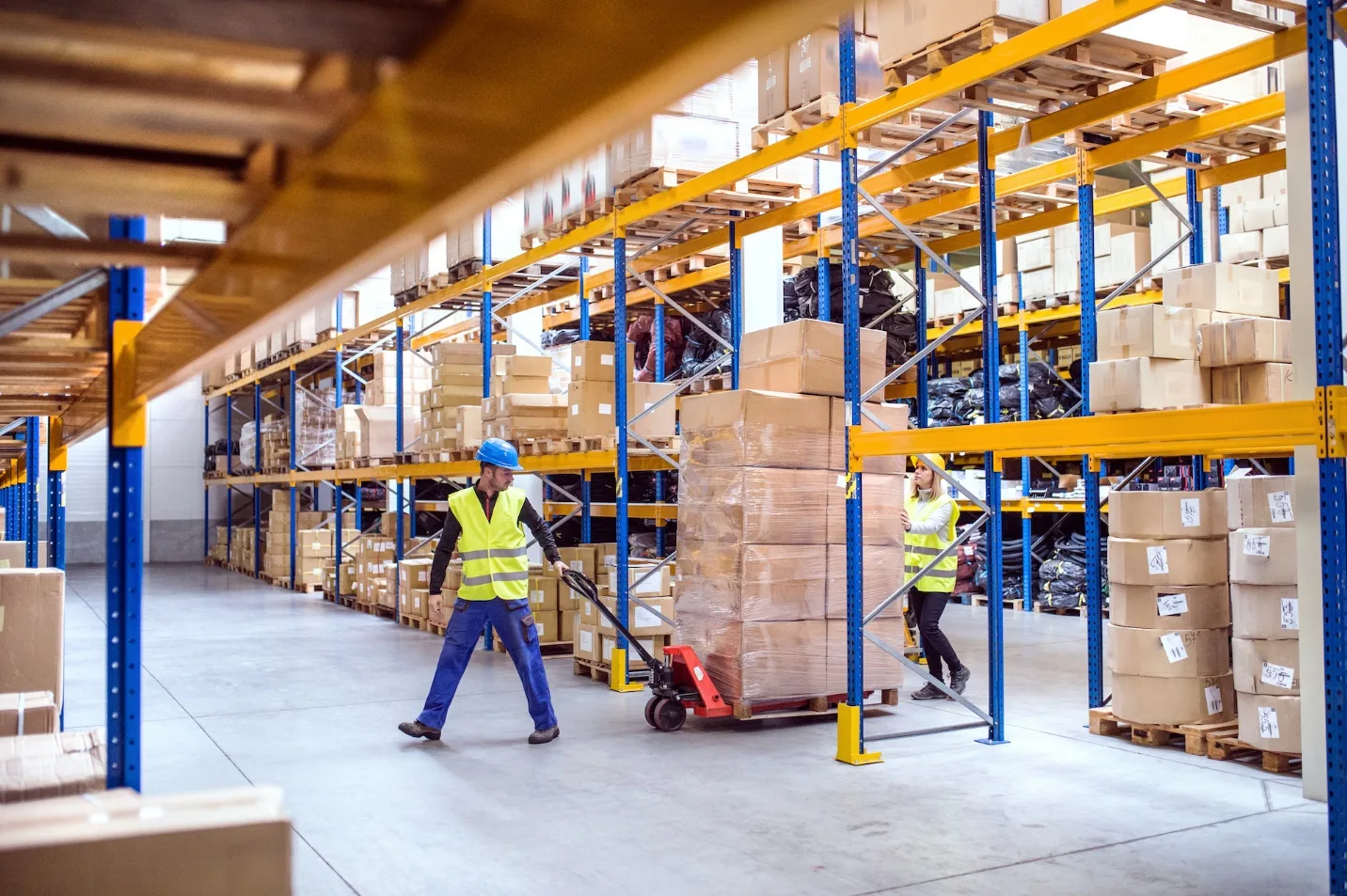Maximizing Warehouse Efficiency Through Strategic Equipment Investment
Understanding the True Cost of Material Handling Downtime
In today’s fast-paced industrial landscape, warehouse operations cannot afford unexpected equipment failures. The hidden costs of downtime extend far beyond immediate repair expenses, impacting productivity, employee morale, and customer satisfaction. Smart facility managers recognize that partnering with reliable providers of forklift service ensures their operations maintain peak efficiency while minimizing costly interruptions.
The Evolution of Modern Warehouse Operations
The material handling industry has undergone remarkable transformation over the past decade. Advanced technologies, ergonomic designs, and sustainability initiatives have reshaped how businesses approach their storage and logistics challenges. Today’s warehouses demand equipment that delivers consistent performance while adapting to changing operational requirements.
Modern forklifts incorporate sophisticated features including enhanced visibility systems, improved fuel efficiency, and advanced safety mechanisms. These innovations significantly reduce workplace accidents while boosting operational throughput. However, the most advanced equipment requires equally advanced maintenance protocols to deliver on its performance promises.
Strategic Storage Solutions for Growing Businesses
Space optimization remains a critical challenge for warehouses of all sizes. Vertical storage systems, adjustable racking configurations, and modular designs allow facilities to maximize their footprint without costly expansions. The key lies in selecting systems that balance immediate needs with future growth potential.
Effective storage strategies consider product characteristics, turnover rates, and access frequency. High-velocity items require different handling approaches than slow-moving inventory. Implementing zone-based storage methodologies can dramatically improve picking efficiency and reduce labor costs.
Climate-controlled environments, specialized racking for hazardous materials, and automated retrieval systems represent additional considerations for specialized operations. Each facility presents unique challenges requiring customized solutions rather than one-size-fits-all approaches.
Preventive Maintenance: The Foundation of Operational Excellence
Equipment longevity depends heavily on consistent preventive maintenance schedules. Regular inspections identify potential issues before they escalate into major failures. This proactive approach saves money while extending equipment lifespan significantly.
Comprehensive maintenance programs include fluid checks, tire inspections, brake system evaluations, and hydraulic component assessments. Keeping detailed maintenance records helps identify patterns and predict future service needs. This data-driven approach to equipment management represents best practice in modern warehouse operations.
Training Programs That Transform Operations
Employee competency directly impacts both safety records and operational efficiency. Comprehensive training programs ensure operators understand equipment capabilities, limitations, and proper handling techniques. Well-trained staff make fewer mistakes, experience fewer accidents, and demonstrate higher productivity levels.
Certification programs provide documentation of operator competency while reinforcing organizational commitment to safety. Regular refresher courses keep skills sharp and introduce operators to new equipment or updated procedures. Investment in training consistently delivers measurable returns through reduced accidents and improved equipment longevity.
Balancing New and Used Equipment Investments
Financial considerations often drive equipment acquisition decisions. While new equipment offers latest technologies and full warranties, quality used equipment provides excellent value for budget-conscious operations. The optimal approach typically involves a balanced fleet combining both options based on specific operational requirements.
Used equipment undergoes thorough inspection and reconditioning processes to ensure reliability. Many businesses successfully operate mixed fleets, allocating new equipment to demanding applications while deploying used units for lighter-duty tasks. This strategic approach optimizes capital deployment while maintaining operational standards.
The Rental and Leasing Advantage
Equipment rental and leasing options provide flexibility for seasonal demands or project-specific needs. These arrangements eliminate large capital outlays while ensuring access to appropriate equipment exactly when needed. Seasonal businesses particularly benefit from rental programs that align costs with revenue-generating periods.
Leasing arrangements offer predictable monthly expenses while potentially providing tax advantages. Many leasing agreements include maintenance coverage, further simplifying equipment management. This approach particularly appeals to growing businesses seeking to preserve capital for core operations.
Conclusion
Warehouse efficiency stems from strategic decisions regarding equipment selection, maintenance protocols, and operator training. Businesses that prioritize these elements consistently outperform competitors while maintaining safer work environments. Partnering with experienced providers of warehouse storage solutions ensures access to expertise, quality equipment, and comprehensive support services that drive operational excellence. The investment in proper equipment and professional service delivers returns through improved productivity, reduced downtime, and enhanced workplace safety for years to come.
Frequently Asked Questions
Q: How often should forklifts undergo preventive maintenance? A: Most manufacturers recommend preventive maintenance every 200-250 operating hours or monthly, whichever comes first. High-usage equipment may require more frequent service intervals.
Q: What factors should I consider when choosing between new and used equipment? A: Consider your budget, usage intensity, required features, warranty needs, and expected equipment lifespan. Used equipment works well for lighter applications while new equipment suits demanding operations.
Q: Are rental options cost-effective for long-term needs? A: Rentals excel for short-term or seasonal demands. For continuous long-term use, leasing or purchasing typically provides better value.
Q: What training certifications do forklift operators need? A: OSHA requires employer-provided training and evaluation. Operators need classroom instruction, hands-on training, and workplace-specific evaluation before operating independently.
Q: How can I maximize warehouse storage capacity without expansion? A: Implement vertical storage solutions, optimize aisle widths, use appropriate racking systems, improve inventory management, and consider automated storage and retrieval systems.




